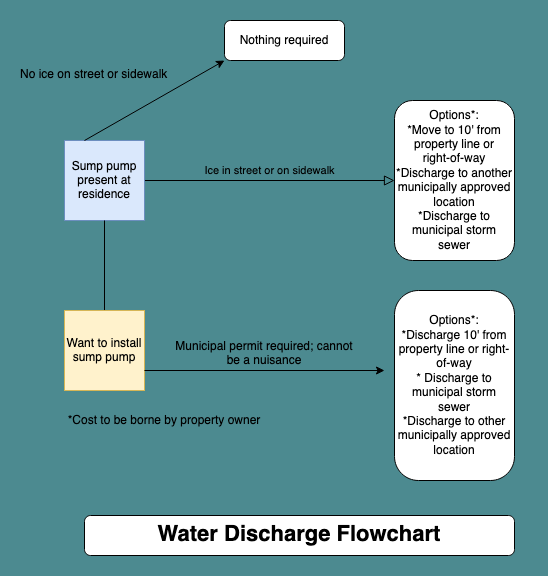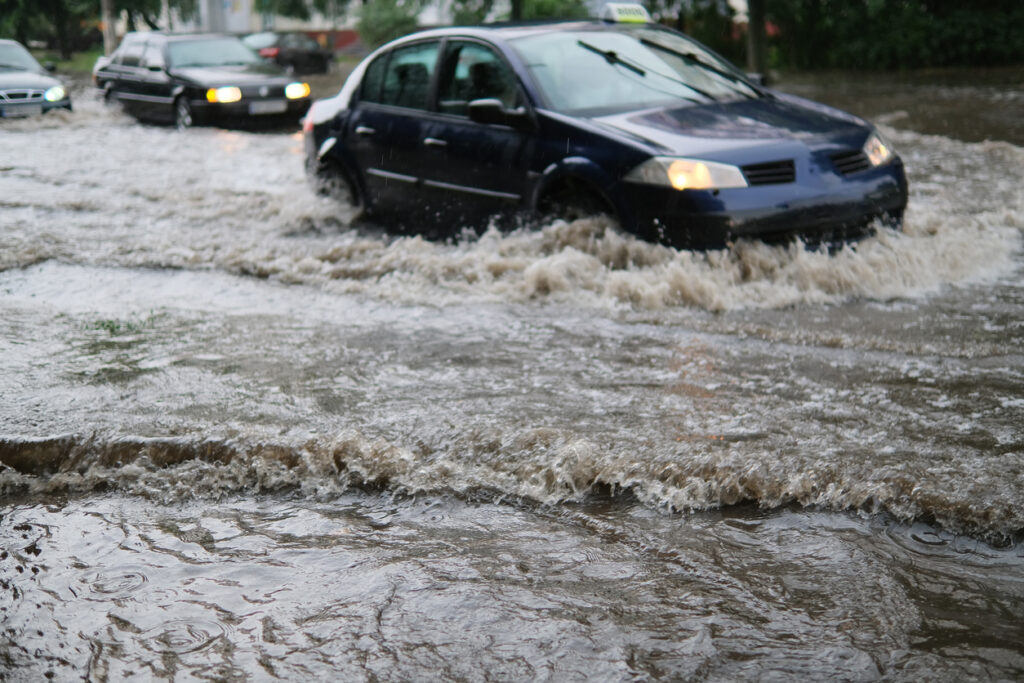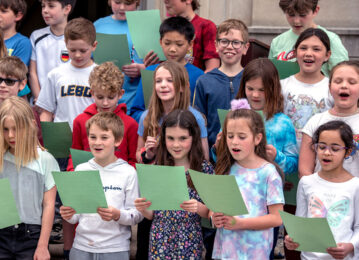Check out what’s
Trending

Final Friday summer concerts
In Mt. Lebanon, we have what’s called a municipal separate storm sewer system (also called MS4 for short). That means our stormwater doesn’t go down the same drains as sewage from our bathrooms, kitchens and laundry rooms.
To help keep our system clean, we will post tips for residents on this page. Some of the tips might not seem water related—such as curtailing use of lawn fertilizers or rock salt for icy sidewalks. Even properly raking leaves keeps catch basins clear and free to do their work. This page also will list capital projects that upgrade our infrastructure.
Mt. Lebanon repairs and removes debris from more than 75 miles of storm sewers and over 2,500 catch basins throughout the municipality. Responsibilities include periodic inspections of the municipal storm drain system, catch basin construction and reconstruction, and response to general storm sewer problems.
Approved Ordinance
The Mt. Lebanon Commission approved the Ordinance below on August 9, 2011 and amended the Ordinance on August 27, 2018, October 25, 2022 and December 12, 2023. In addition, links to the credit manual and application approved on September 13, 2011 can be found below:
Stormwater Fee Ordinance
Credit Manual
Credit Application
In October, 2020, the Mt. Lebanon Commission approved an ordinance stating that, beginning in 2021, newly installed sump pumps must direct water discharges into the storm sewer system when possible, or onto absorbent surfaces, such as grass, mulch or soil, or a sump pit, to ensure that water does not find its way onto the street or onto neighboring properties. Property owners need a permit for a sump pump, and owners must be able to demonstrate that the water will discharge more than 10 feet from the property line and the municipal right of way.
Existing sump pumps that continue to pose a problem need to be brought into compliance with the new ordinance. Property owners are to assume the cost. This ordinance was created to help prevent dangerous ice spots that are caused by improper sump pump discharge during the winter months.

Prior to 2011, funds for repairing and maintaining the stormwater system came from the General Fund of the operating budget or from bond issue debt. This is no longer feasible because of the severity of the stormwater issues; unfunded state and federal mandates to control these problems and meet standards; an aging conveyance system, and the competition for municipal tax dollars with other municipal needs. The Storm Sewers unit of the budget encompasses the repair of, and debris removal from, more than 75 miles of storm sewers and over 3,000 storm inlets throughout Mt. Lebanon.
Responsibilities include:
For More Information
If you have any questions about current year storm water management fees, please contact the Treasurer’s Office at (412) 343-3405. If you have any questions, regarding delinquent or liened storm water management fees, please contact Jordan Tax Service.
Each year, Gateway Engineers updates the municipality on all of its stormwater projects. Read the comprehensive report covering 2012 through 2024.
In order to maintain municipal roads in a safe and clean condition, the public works department utilizes a variety of equipment to remove dirt, debris and leaves from nearly 100 miles of residential and business district streets and roadways. In the fall leaves are collected weekly, one day prior to regular refuse collection.

This section will help you learn about the importance of Mt. Lebanon’s municipal separate storm sewer system (MS4, for short!)
Penn State Extension videos (OLDER KIDS/ADULTS)
Activities (NEWEA)
Includes:
Other videos:
Check out what’s

Final Friday summer concerts



